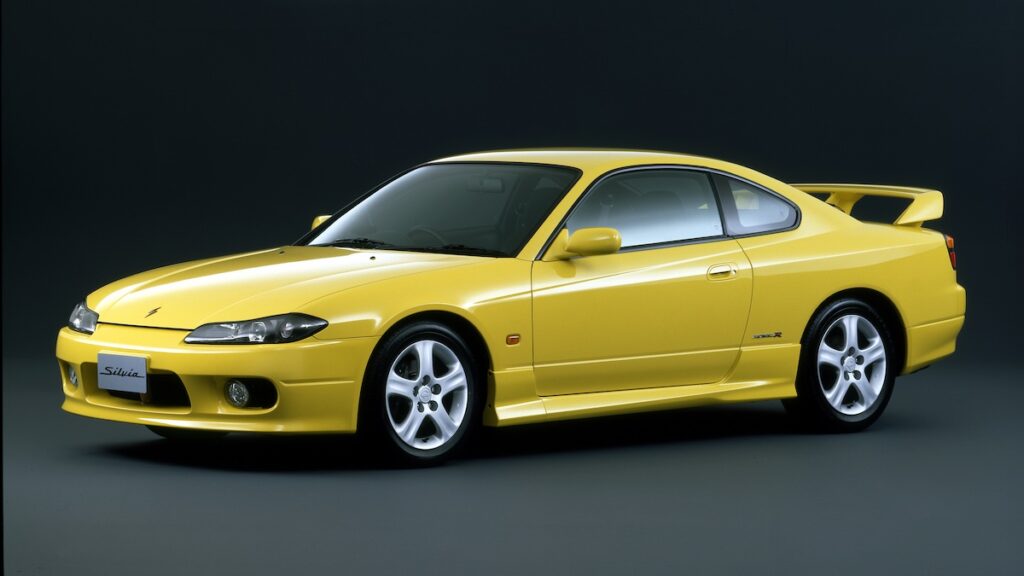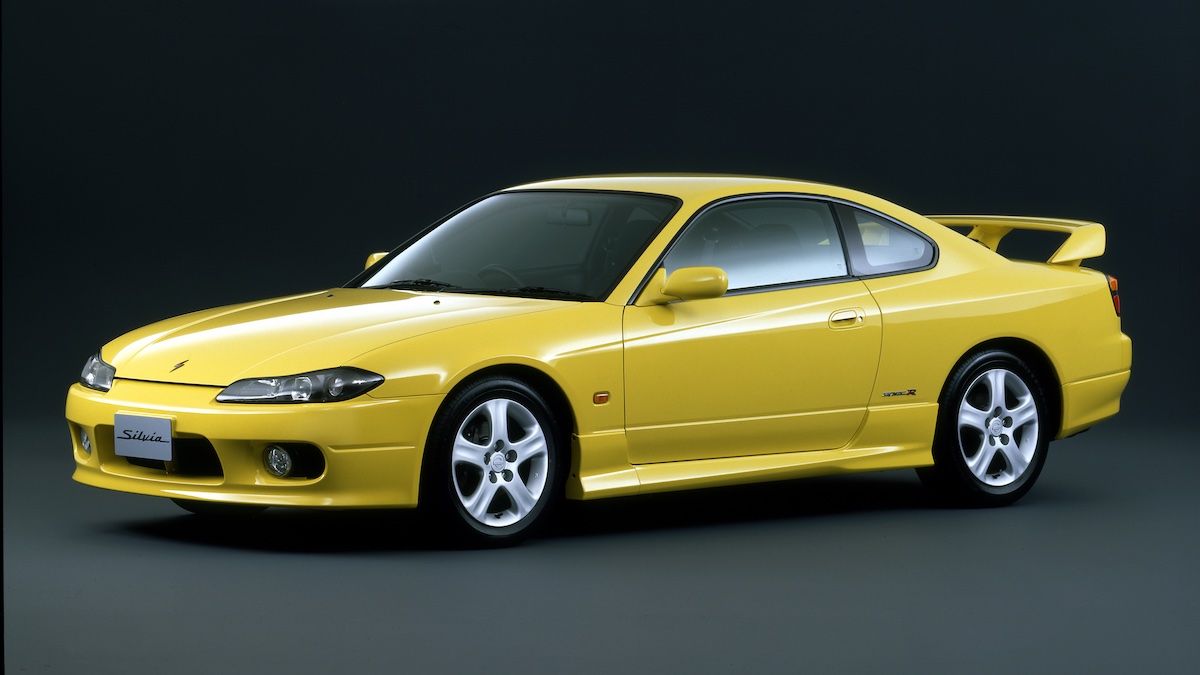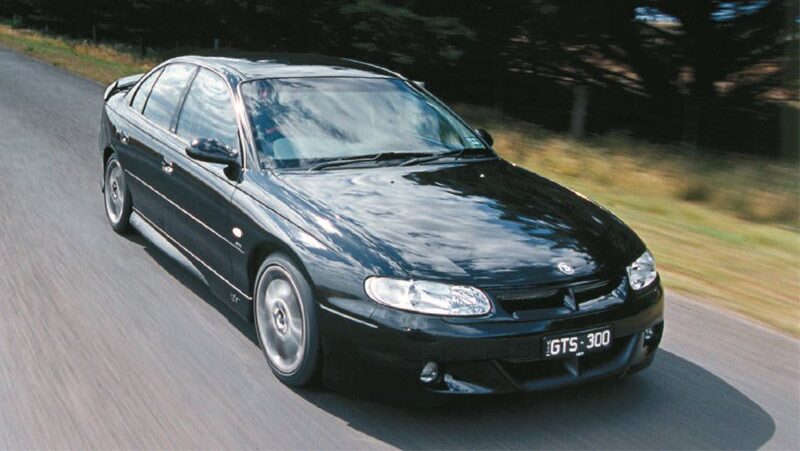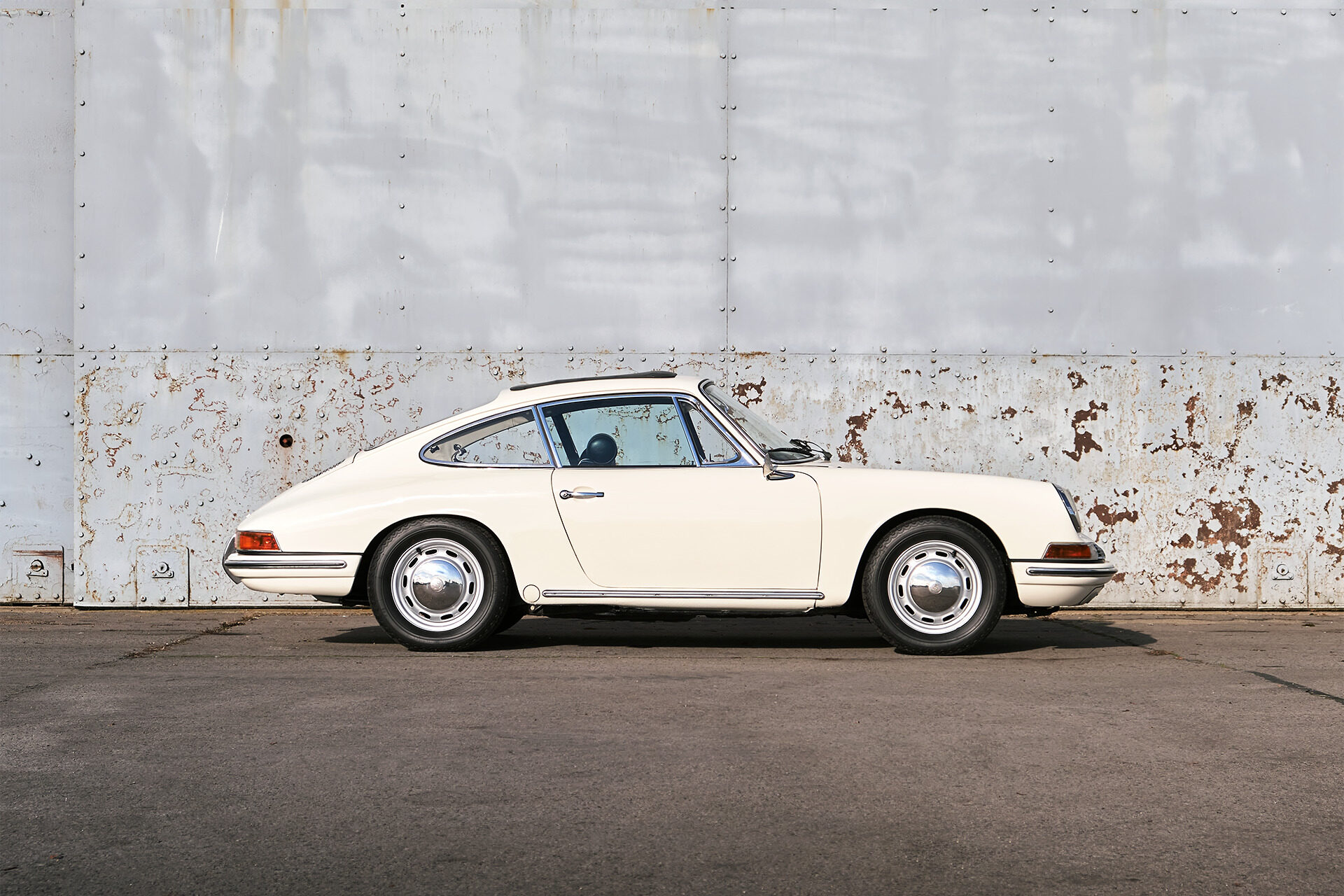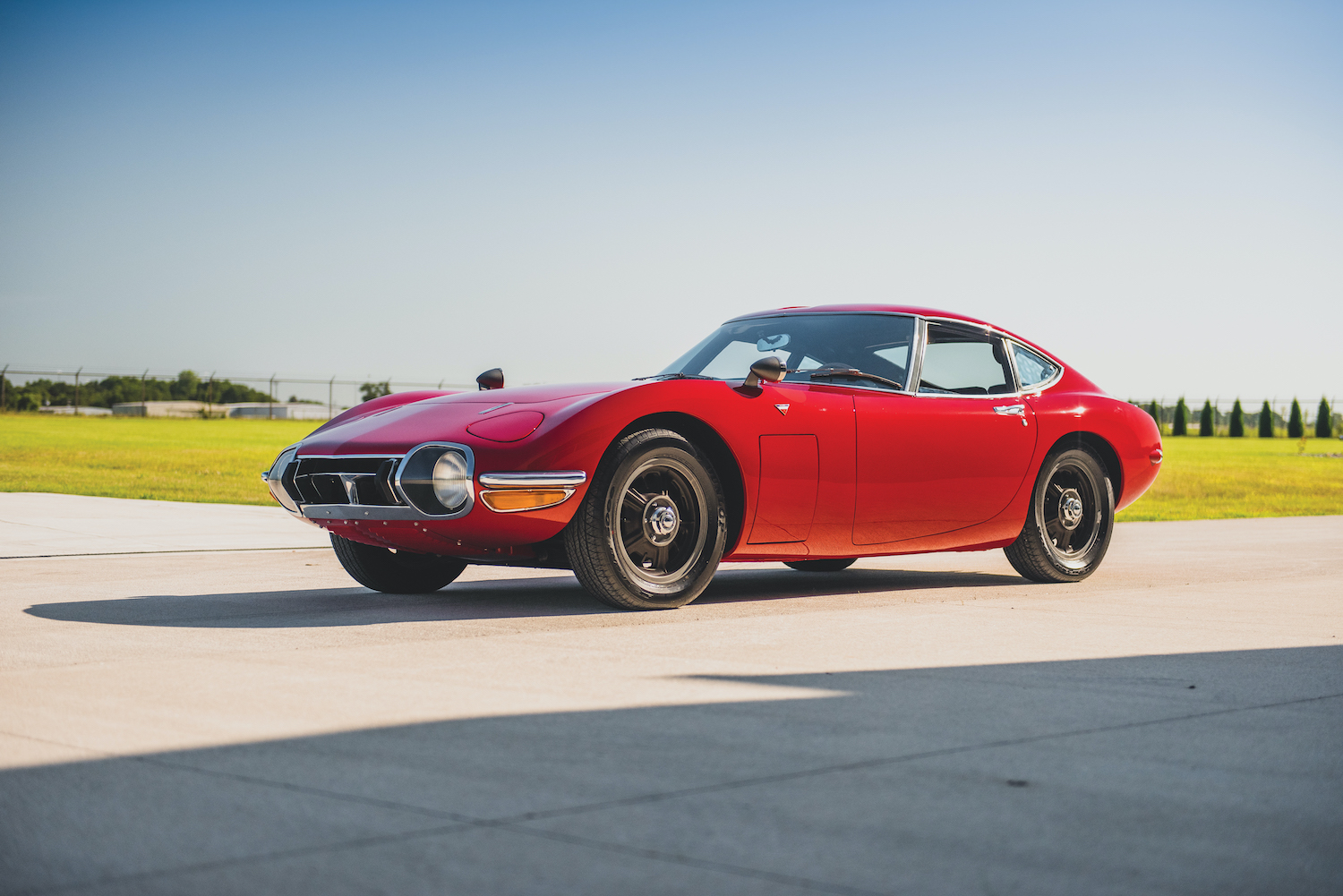Nissan had been building rear-wheel drive coupes in Japan under the Silvia nameplate since the 1960s, but it wasn’t until the 1980s when a 1.8-litre turbocharged engine became available that they began to be seen as serious performance cars
In the Japanese Domestic Market (JDM) these cars were designated Silvia S12 but are better known in Australia as the mild-mannered Nissan Gazelle.
When the shape changed again in 1988 to herald the Silvia S13 with its two-door coupe bodywork and distinctive pop-up headlights, the new model continued to use 1809cc twin-cam engines in turbocharged or non-turbo form.
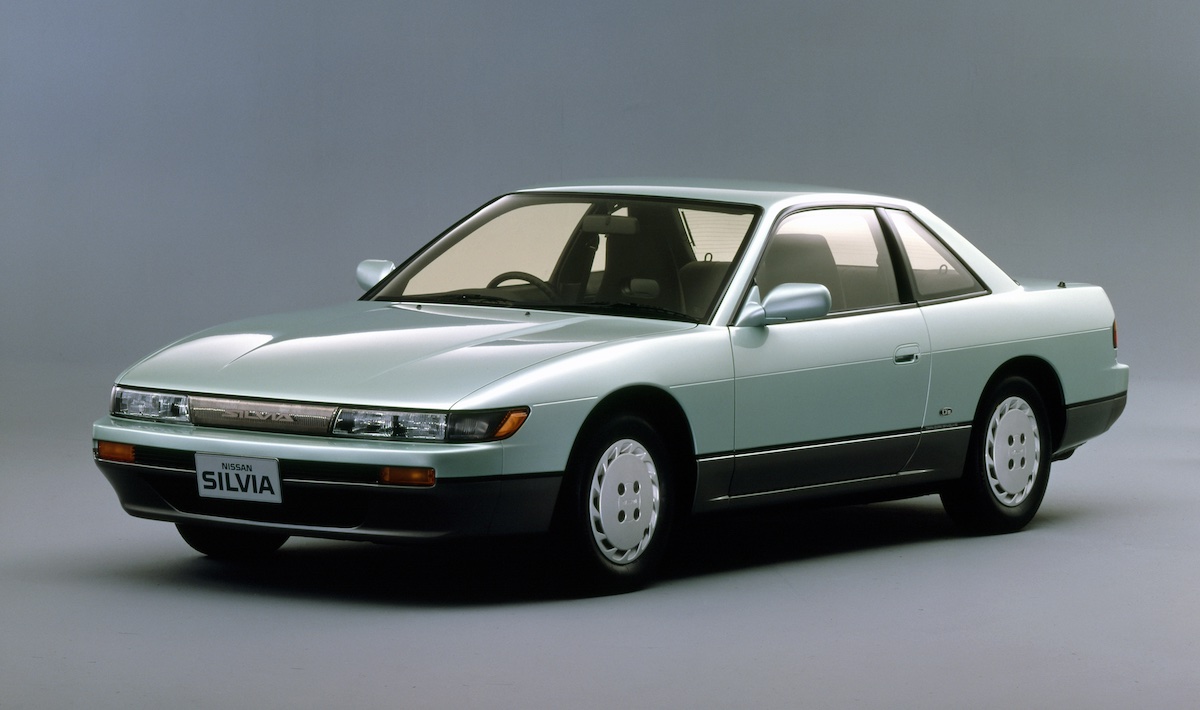
This was a very successful iteration of the Silvia, remaining in production until 1993 with a decent number appearing on Australian roads via the Low Volume Import Scheme.
Occasionally, examples of the rare ‘Sileighty’ model also landed here. These versions were born of the Japanese street racing scene and saw the front-end of a Nissan 180SX replaced with the front end of a Nissan Silvia S13, due to the latter being less expensive to repair or replace than the 180SX.
Silvia S13 imports in most cases had four-speed automatic transmission and were less expensive than the scarce five-speed manuals which were first to be snapped up at Japanese auctions.

Early S13 engines displaced 1809cc, used belt driven twin overhead camshafts and fuel injection with or without a single turbocharger. Power from turbo versions peaked at 130kW and was delivered at a conservative 6000rpm. More boost in conjunction with higher engine speeds, could increase output by between 35kW and 50kW.
With only 1110kg to move off the mark, manual Silvia S13s could reach 100km/h from a standstill in 7.0 seconds. On twisting roads automatics had an advantage thanks to their ability to instantly engage a lower gear, spooling the turbo towards peak boost for rapid acceleration.
These 1.8-litre Silvias survived until mid-1991 when the 2.0-litre SR20-DET engine arrived. This engine was fitted to late S13s and all S14 Silvias, with their more robust 147kW of peak power arriving at a heady 6400rpm.
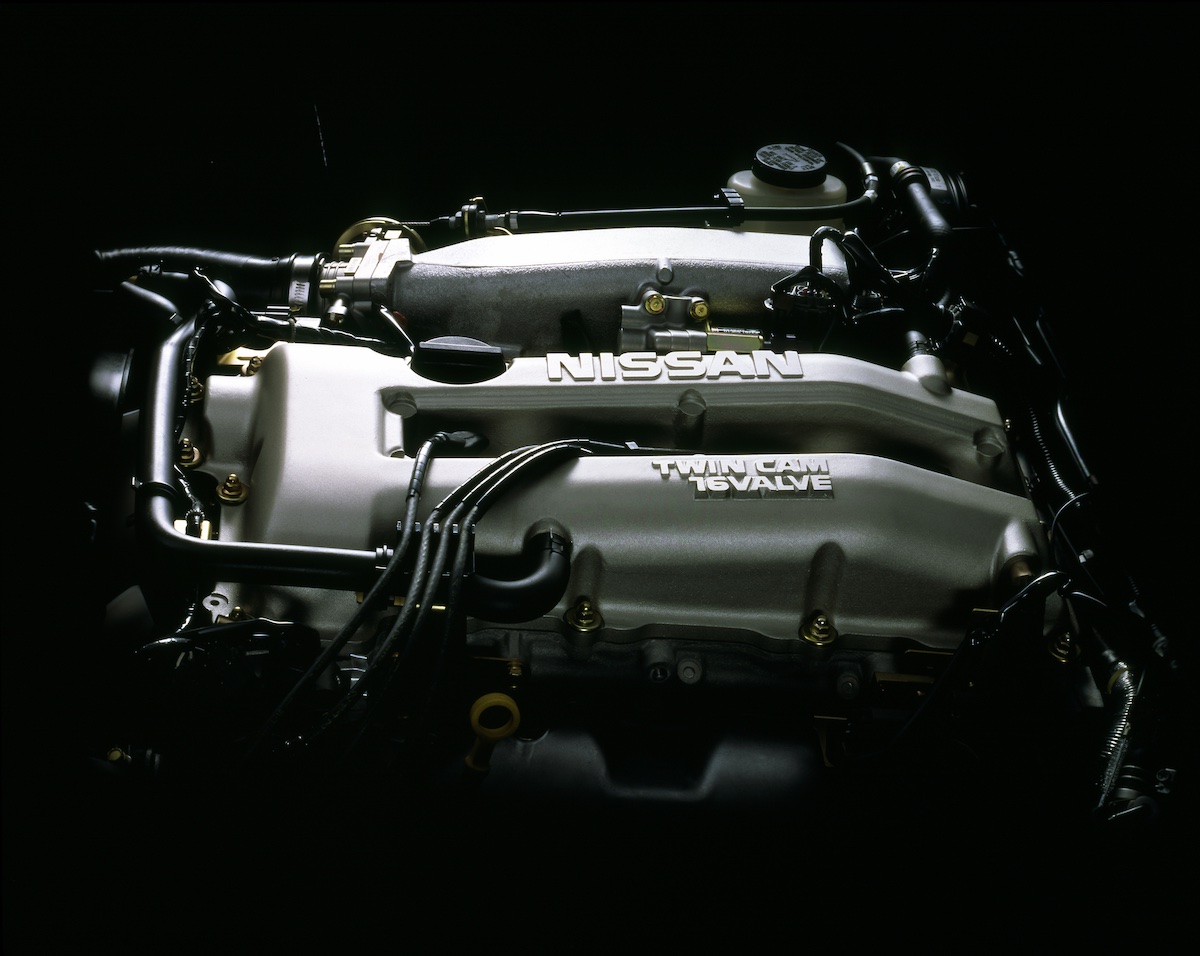
Nissan S14 Silvias were current from late-1993 until 1997, but few JDM imports were seen in local yards thanks to Nissan Australia importing its own version of the S14, and the later S15 between 1994 and 2003.
When sold here these cars were designated 200SX and used the same 147kW motor as JDM versions of the S14. Trim and other specification was similar too, making import cars at $45,000 less appealing than those that had an Australian compliance plate and a price that was often below the JDM import.
When local versions of the S15 arrived, they retained the 147kW engine while JDM imports of the same model featured a more powerful 184kW engine. These Nissan Australia S15s also offered a new helical limited slip differential replacing the S14’s viscous LSD, which was claimed to be quieter and able to deliver better grip in tricky conditions.
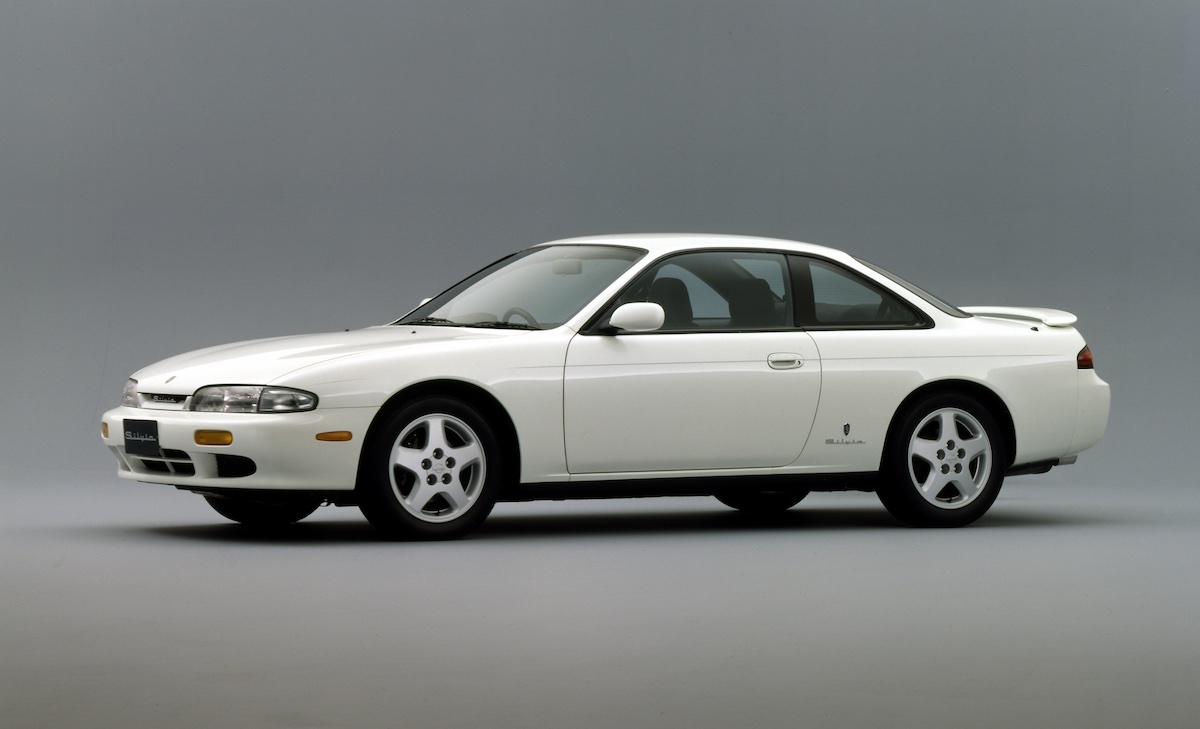
Local and imported S15s were well equipped in other respects, with air-conditioning, ABS brakes, dual airbags and a CD player. Spec R versions added a six CD stacker, power sunroof, body-kit and rear spoiler.
As befits their age, S13 Silvias have become more difficult to find but prices remain stable, with turbo-boosted coupes at $30,000 to $35,000. A convertible version of the S15 the Nissan Silvia Varietta was also produced and sold in Japan between 2000 and 2002. These Silvias with their electric-powered, retractable hardtop are rare here and expensive in Japan, so once complied and prepared for local retail sale can reach $50,000.
The Silvia S15 has grown popular with younger performance enthusiasts attracted to its sleek design, powerful engine, excellent handling, and drifting heritage. The S15 is also highly regarded for its tuner potential, with the turbocharged 2.0-litre SR20-DET capable of delivering big horsepower to better exploit the car’s good balance and agile handling.
Nissa Silvia S15 values soared after 2019, with increased competition from other export markets a factor. Shortages during the Covid-19 years helped sustain demand and cars that have been here for some years may still cost $45,000. Recent, low kilometre arrivals from Japan can reach $60,000.
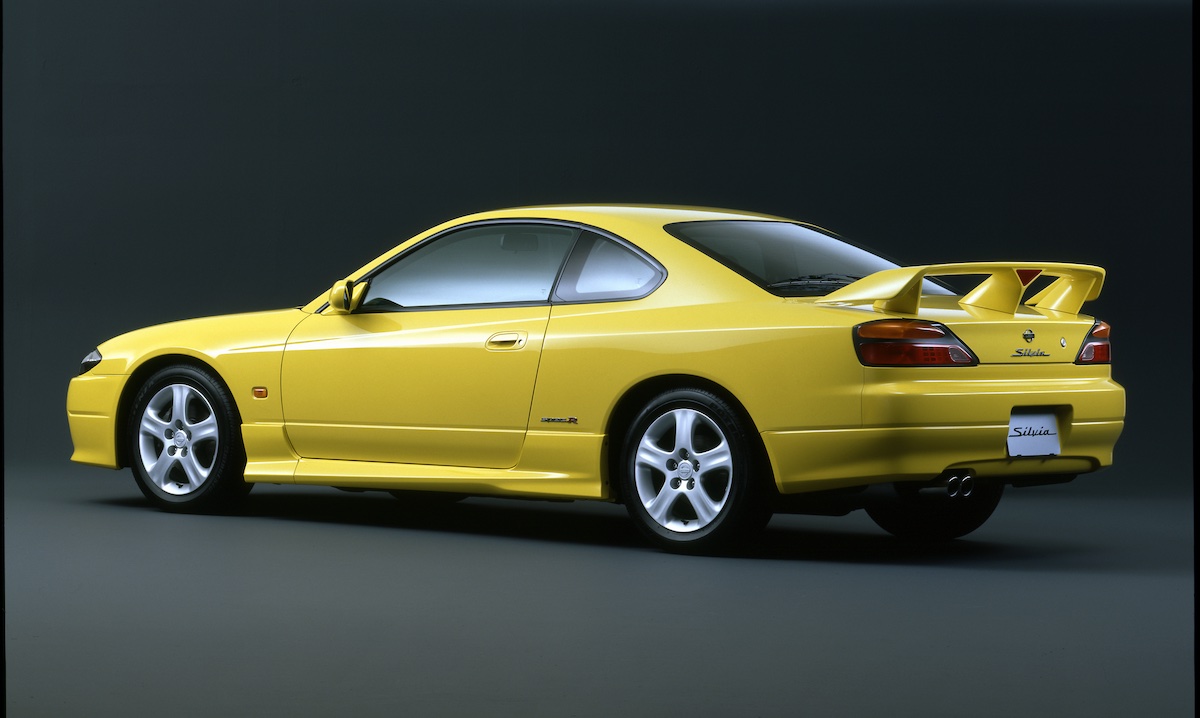
Things To Watch Out For When Buying A Used Nissan Silvia S13-S15 (1988-2002)
- Check for rust and body filler. Replacement panels for early cars are scarce.
- Look for cracks to the air dam or body skirts and broken locating lugs.
- Exhaust smoke of any kind but especially white, which indicates oil being burned by the turbocharger.
- Clutch shudder due to high rpm standing starts.
- Inner edge rear tyre wear signifies incorrect alignment.
- Cracked cabin plastics due to sun exposure.
- Check air-conditioner efficiency, especially in recent imports.
Valuation Timeline: Nissan Silvia S13-S15 (1988-2002)
- 1995: $45,000
- 2005: $28,000
- 2010: $13,000
- 2015: $20,000
- 2020: $37,000
- 2025: $52,000 (S15 Turbo Coupe)
Retro Rides’ Investment Rating
- 6/10

